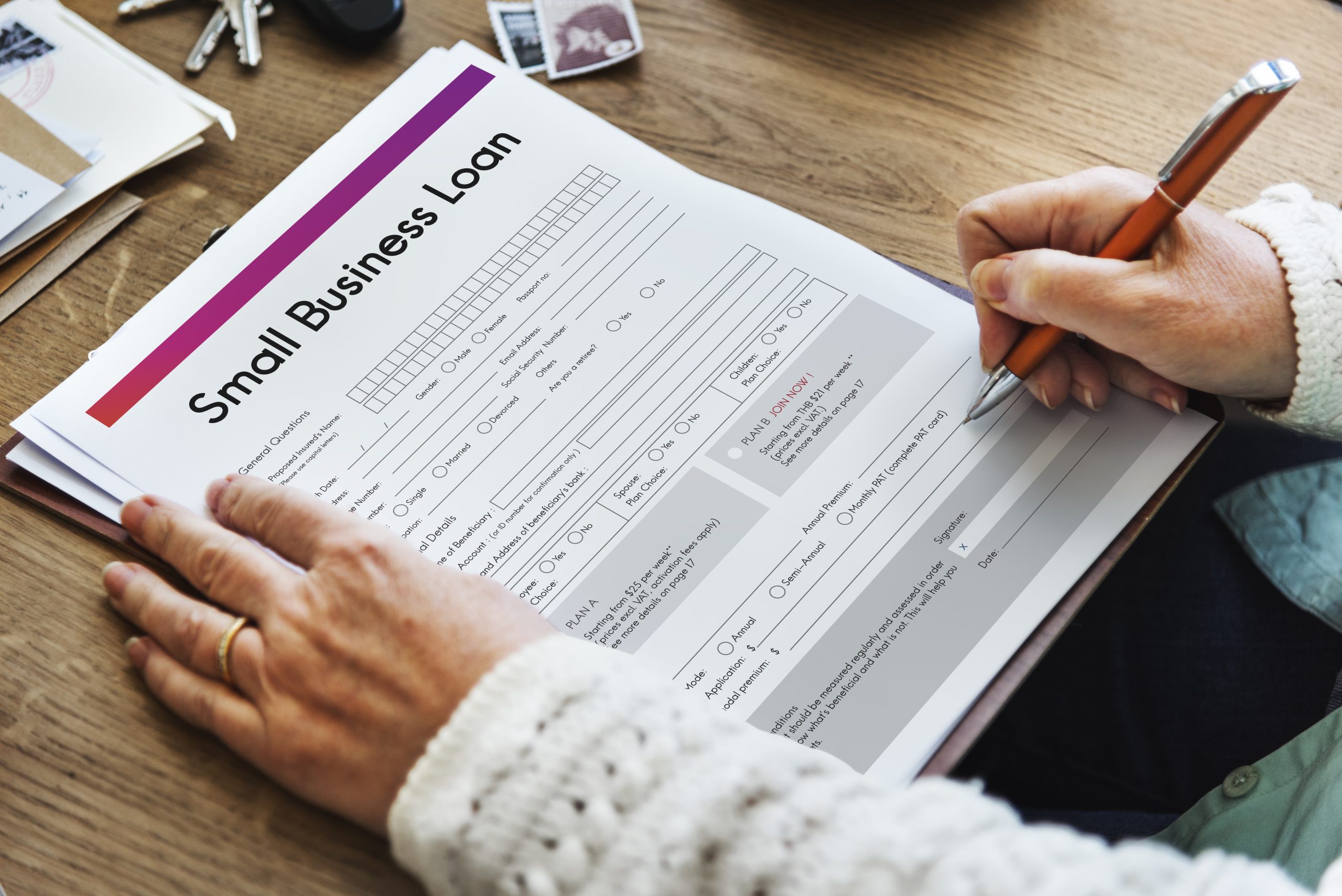Step-by-Step: How to Get Your Small Business Loan Approved

Step-by-Step: How to Get Your Small Business Loan Approved
Applying for a small business loan can be a game-changer—whether you’re launching a startup, expanding operations, or just need extra cash flow. But getting approved takes more than filling out a form. Lenders want to see that you’re prepared, trustworthy, and capable of using the funds wisely.
Here’s a detailed, step-by-step guide to help you get your loan application approved with confidence.
1. Assess Your Financial Needs (Be Specific)
Before approaching any lender, ask yourself:
-
Why do I need this loan? Equipment purchase, hiring staff, inventory, marketing, or operational expenses?
-
How much do I need—exactly? Having a clear, realistic number shows you’ve done your homework.
-
Can my business afford the repayment? Consider your cash flow and monthly expenses.
💡 Pro Tip: Create a simple budget that breaks down how you’ll use the money and how it will help your business grow.
2. Review and Improve Your Credit Score
Your credit history—both personal and business—plays a key role in loan approval.
-
Personal Credit Score: For newer businesses, lenders often rely on the owner’s personal score. Aim for 700+ if possible.
-
Business Credit Profile: If your business has credit history, make sure all payments are current and accounts are in good standing.
💡 Pro Tip: Get a free credit report from agencies like Experian, TransUnion, or Equifax. Dispute any errors that could hurt your score.
3. Build a Strong Business Plan
Your business plan is your roadmap—and lenders want to see you have a clear one.
Include the following:
-
Executive Summary: Who you are, what your business does, and your vision.
-
Market Analysis: Who are your customers and competitors?
-
Sales & Marketing Strategy: How will you attract and retain clients?
-
Financial Projections: Revenue, expenses, cash flow, and profit forecasts for the next 12–24 months.
-
Loan Purpose & Impact: Explain how the funds will be used and how they’ll help increase profits or efficiency.
💡 Pro Tip: Use tools like LivePlan or SCORE’s templates to create a polished, professional plan.
4. Gather All Required Documentation
Lenders want to see that you’re organized and transparent. You’ll typically need:
-
Personal and business tax returns (last 2–3 years).
-
Profit & Loss statements.
-
Balance sheets and cash flow statements.
-
Bank statements (last 6 months).
-
Business licenses, incorporation documents, EIN.
-
Contracts, invoices, or proof of future revenue.
-
Valid ID and, in some cases, collateral.
💡 Pro Tip: Scan and organize your documents in folders so you can submit them quickly and completely.

5. Choose the Right Type of Loan
There are several loan options—each with pros and cons. Choose based on your needs and current business status:
Common Loan Types:
-
Traditional Bank Loans: Lower interest, stricter requirements.
-
SBA Loans (U.S.): Government-backed, ideal for small businesses.
-
Business Lines of Credit: Flexible funds for short-term needs.
-
Online/Fintech Loans: Fast approval, higher interest.
-
Microloans: Great for startups or small-scale businesses.
💡 Pro Tip: Compare at least 3 loan offers. Review interest rates, fees, repayment terms, and customer reviews.
6. Fill Out the Application Carefully
Mistakes or missing info can delay or hurt your application.
Make sure to:
-
Complete every field accurately.
-
Double-check all figures and details.
-
Attach all required documents.
-
Clearly explain why you need the loan and how you’ll repay it.
💡 Pro Tip: If you’re unsure, ask a financial advisor or business mentor to review your application before submission.
7. Be Ready for an Interview or Questions
If a lender is seriously considering your application, they may want to speak with you.
Expect questions like:
-
Why do you need this loan now?
-
How will the loan help your business?
-
How will you repay the loan if sales drop?
-
What assets or collateral can you offer?
💡 Pro Tip: Practice your responses. Show confidence and preparation—it builds trust.
8. Follow Up (And Don’t Give Up if Denied)
Once submitted:
-
Wait for the estimated review time.
-
If you don’t hear back, follow up respectfully.
-
If approved, review the contract carefully before signing.
-
If denied, ask why. Use the feedback to improve your next application.
💡 Pro Tip: Many successful businesses were rejected the first time. Learn, adjust, and come back stronger.
Final Thoughts: Preparation Is Your Power
Getting approved for a small business loan isn’t just about needing money—it’s about showing you’re ready to use it responsibly. When you prepare thoroughly, present your case clearly, and understand the process, your chances of approval rise significantly.
This isn’t just about getting funding—it’s about building a strong, credible foundation for your business’s future.

